10 Amazing Facts About Bosnia & Herzegovina
Bosnia & Herzegovina is a small eastern European country located on the Balkan peninsula.
I’ve been exploring Bosnia for nearly one month thus far. It’s a beautiful country with stunning mountains, rivers & waterfalls along with many adorable historic towns & cities.
I’ve learned many interesting & amazing facts about Bosnia through research for my trip and writing work as well as by visiting various museums and talking to locals. Here are 10 of the most surprising things I’ve learned about charming little Bosnia…
 1. WWI started in Sarajevo
1. WWI started in Sarajevo
Random as it might seem, WWI was triggered by a major event in Sarajevo. Considering that many people have never even heard of Sarajevo, perhaps not even Bosnia, it seems bizarre that one of modern history’s most significant wars could have ignited there.
At the time, Bosnia was under the administration of the Austro-Hungarian Empire. In 1914 a local Bosnian Serb Yugoslav nationalist, Gavril Princip, assassinated crown prince to the Austrian throne, Archduke Franz Ferdinand, and his wife Sofie. The assassination took place in the middle of Sarajevo at the Latin Bridge, which crosses Miljacka River.
Austria’s response to the assassination was to declare war on Serbia. This quickly escalated to include many other European countries, who each sided with either Serbia or Austro-Hungary. And that became WW1.
Today the Archduke Ferdinand Memorial is a stone plaque imbedded in the outer wall of Sarajevo Museum that marks the spot.
2. The 1984 Winter Olympics were held in Sarajevo and were the first Winter Olympics played in a communist country
Sarajevo is surrounded by several high, rugged mountains. Located so close to a capital city made the mountains ideally suited to host the Olympics. At the time, the Republic of Bosnia was a state within the Socialist Republic of Yugoslavia, a country that emerged from WWII.
The 1980 Summer Olympics had been held in Moscow, making them the very first Olympics in communist country. Sarajevo’s games became the first Winter Olympics held in a communist country.
They were also the first Olympics held in the Balkans since the very first Olympic Games in 1896, held in Greece.
3. The 1984 Bobsled tracks are now riddled with bullet holes and graffiti
Like many cities around the world who’ve hosted the Olympics, Sarajevo maintains the Olympic game sites, facilities and an Olympics Museum for visitors to learn about the historic games.
Unlike other Olympic sites in the world, the Sarajevo site was greatly damaged by war. Specifically, it was the Bosnian Civil War in 1992-1995, that left the bobsled tracks riddled with bullets and the area filled with landmines. Since then, the tracks have been further molested with graffiti.
The landmines have been cleared, but the tracks were too badly damaged to be renovated and put to their original use. But people interested in visiting the Olympic site can walk or bike down the tracks past all the colorful graffiti and, by default, get to see two major historic event locations in one.
4. The original country of Bosnia was established in the 1100s AD
In the 500s-800s AD various Slavic peoples arrived and settled in the region. By 1154 they had established a medieval country called the Banate of Bosnia. That lasted over 200 years until 1377 when it became the medieval Kingdom of Bosnia. For a brief time this kingdom was the strongest country in the Balkans.
The Kingdom of Bosnia was rather short-lived, however: less than 100 years. As noted above, the whole region was conquered by the great Ottoman Turkish Empire in 1463.
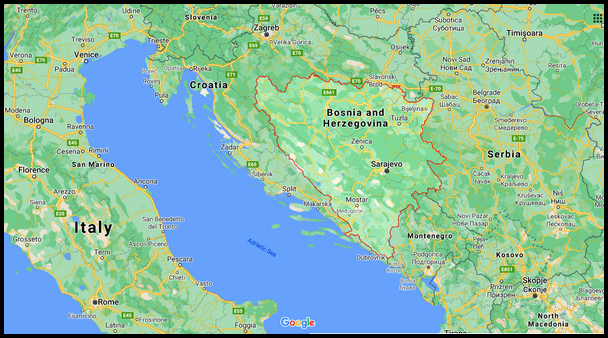
5. Bosnia is a landlocked country (almost)
Bosnia is a mountainous, landlocked country surrounded by its neighbors, Croatia, Serbia and Montenegro.
Out on the Adriatic Coast, however, Bosnia has managed to hold a small strip of land right in the middle of Croatia’s long Adriatic coastline. Bosnia’s tiny 20 km / 12 mile slice of seaside has the small resort town of Neum, with a couple minor pebble beaches and a long hilly peninsula just offshore.
I passed through Neum twice during my travels around Croatia, and I can testify that Neum is not much to boast about. It’s much better to enjoy Bosnia’s much more spectacular interior mountains, rivers and waterfalls.
6. The small town of Brcko is Europe’s only completely self-governing free city in existence
Brcko is a small historic town in northeastern Bosnia, set on the Saba River, which forms the border with Croatia. Brcko is the administrative seat of Bosnia’s Brcko District.
After the 1990s Bosnian civil war, as state/political lines were being established, nobody knew where exactly to place Brcko within Bosnia’s complex ethnic/cultural/political regions. So they opted to let Brcko remain a self-governing district. This marks Brcko as the only completely self-governing free town in all of Europe.
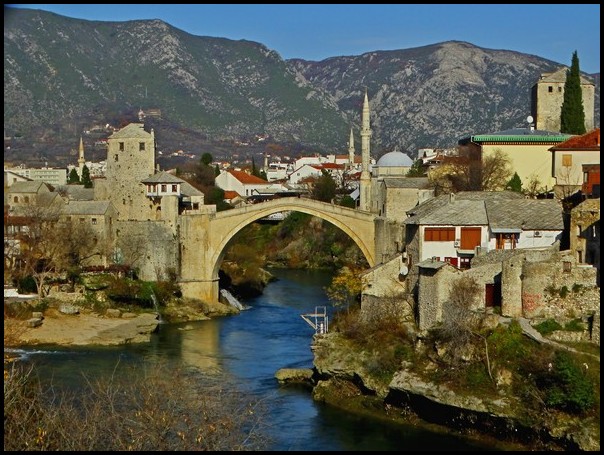
Mostar – Bosnia
7. The Ottoman Turkish Empire ruled the Bosnian area for 400+ years
The great Ottoman Turkish Empire ruled much of the Balkan region for 400-500 years. They conquered the Bosnian region in 1463 and ruled there for over 400 years, until 1887.
It was the Turks who introduced Islam to the formerly Christian Bosnians. The Ottomans also brought Turkish cuisine, coffee, tea, desserts, clothing styles, Ottoman architecture and other aspects of Turkish culture & attitudes.
The Ottomans built many towns, cities and fortresses in Bosnia, constructing handsome Ottoman buildings, arched stone bridges and mosques. Many of these structures still stand and count as some of Bosnia’s main attractions.
Needless to say, much of Bosnian culture has strong similarities to Turkish culture.
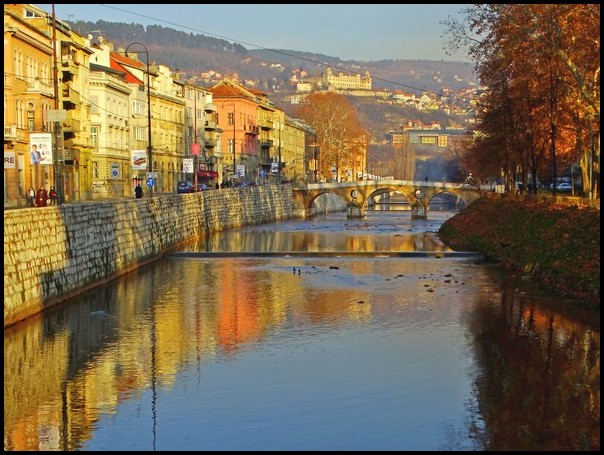 8. Bosnia was ruled briefly by the Austro-Hungarian Hapsburg Empire
8. Bosnia was ruled briefly by the Austro-Hungarian Hapsburg Empire
As noted earlier, Bosnia used to be administered by the Austro-Hungarian Empire. This happened directly after the downfall of the Ottoman Empire in the late 1880s. The Austro-Hungarians immediately took control of the region, where they ruled for exactly 40 years, from 1887-1917.
Second to the Ottomans, the Austro-Hungarians left the most prevalent mark on Bosnian culture and its cities. They introduced hundreds of grand & fancy European 19th century buildings; trams, trolleys and railroads; European cakes & desserts and various at-the-time modern technology.
Today, visitors will find all of these throughout the country, often alongside Turkish influences.
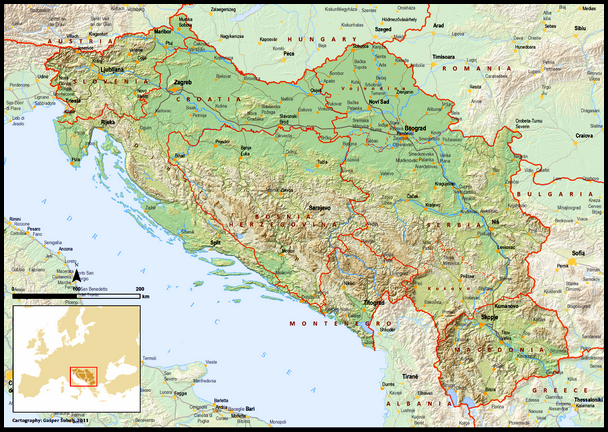
map of Yugoslavia – map by Gap on Wikimedia Commons
9. Next, Bosnia was part of former Yugoslavia
In 1918, after WWI, the three neighboring countries of Croatia, Bosnia and Serbia formed their own country, logically called the Kingdom of Serbs, Croats and Slovenes, which was later named the Kingdom of Yugoslavia in 1929.
After WWII, Yugoslavia was placed under the dominion of communist USSR, when it was greatly expanded to include several more countries in the Balkans and was named the Socialist Federal Republic of Yugoslavia. That lasted until the dissolution of the USSR in 1990, after which time the various republics within Yugoslavia began breaking away to form their own independent countries. The current country of Bosnia & Herzegovina was established in 1992.
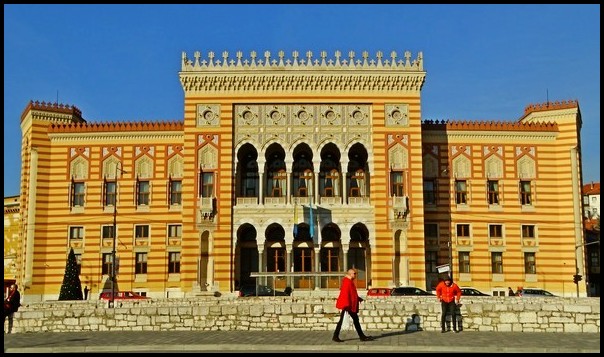
Sarajevo City Hall – a mix of European and Oriental architectural styles
10. Bosnia has a mix of Muslim, Catholic, Orthodox Christian and Jewish inhabitants
Now that we’ve delved into some of Bosnia’s complex history, it may come as no surprise that the country is a melting pot comprised of several different ethnic & religious groups.
The three most prominent groups are Bosniaks (Muslims), Serbs (Orthodox Christians) and Croats (Catholics). Added to that mix is a small but strong Jewish presence that has been in Bosnia since Jews migrated to the region in the late 1400s to escape the Spanish Inquisition.
It’s estimated that about 50% of the population is Bosnian, 35% Serbian, 15% Croat and the remainder Jewish & other minorities.
Although it was these three main ethnic/religious groups within Bosnia who were warring amongst each other in the 1990s Bosnian Civil War, reportedly nowadays they all get along more or less peacefully throughout the country. Generally, each region of Bosnia has a majority presence of one or the other of these three groups. Perhaps that’s the main reason for the current peace in Bosnia.
=============================
You might also like:
15 Interesting Facts about Croatia
==================================


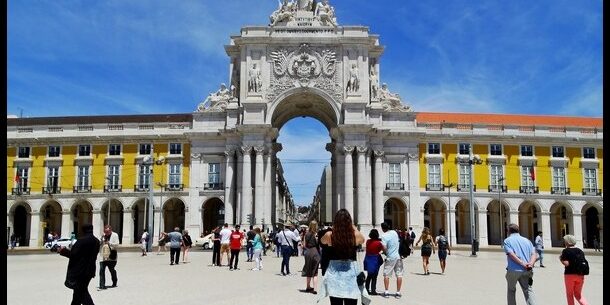

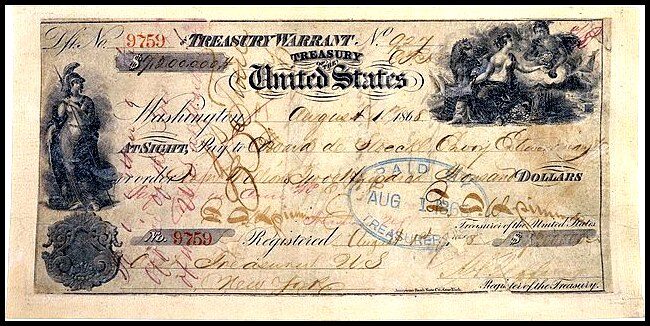
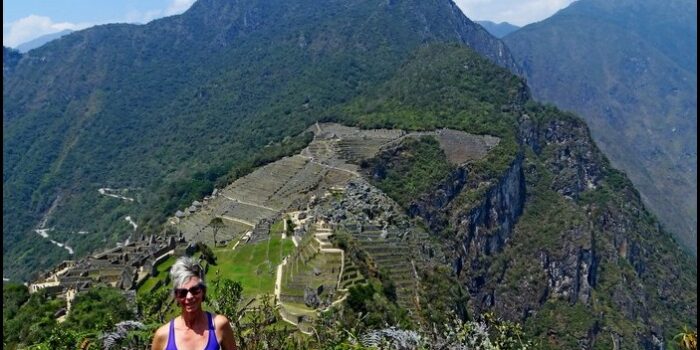
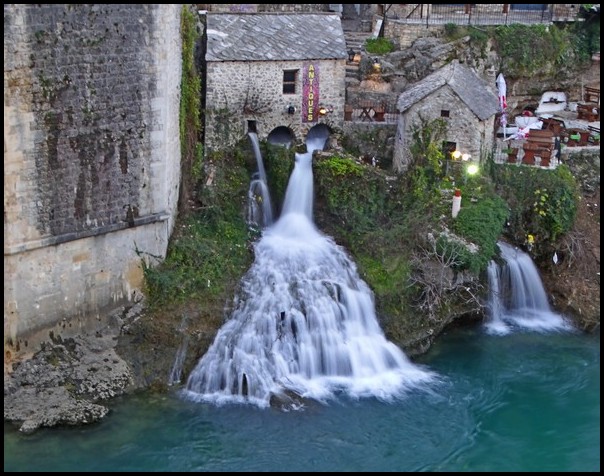
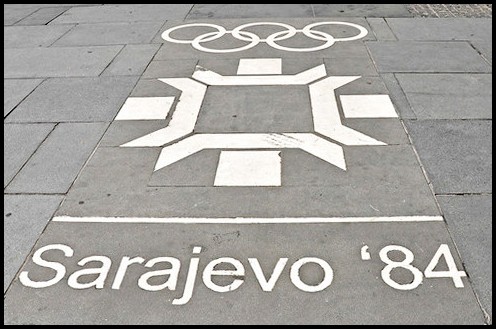
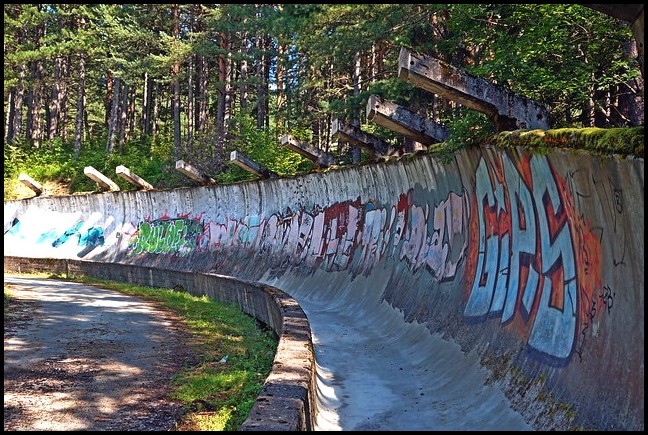
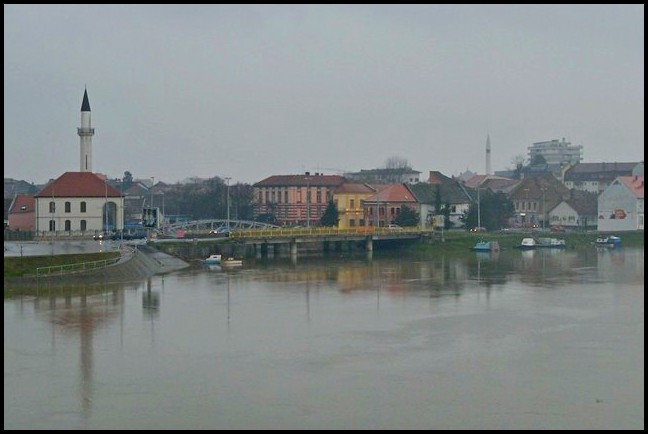
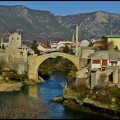

 Hi! I'm Lash, an American nomadic world traveler who's been traveling solo since 1998. I’m passionate about traveling the world nomadically and then sharing it all with you. I hope to inspire you to travel the world, to entertain you with tales from the road, and to help you reach your travel dreams. Welcome!
Hi! I'm Lash, an American nomadic world traveler who's been traveling solo since 1998. I’m passionate about traveling the world nomadically and then sharing it all with you. I hope to inspire you to travel the world, to entertain you with tales from the road, and to help you reach your travel dreams. Welcome! 




1 pings
My 2020 Covid-19 Year in Review
2021/01/12 at 10:55 pm (UTC 8) Link to this comment
[…] « 10 Amazing Facts About Bosnia & Herzegovina […]